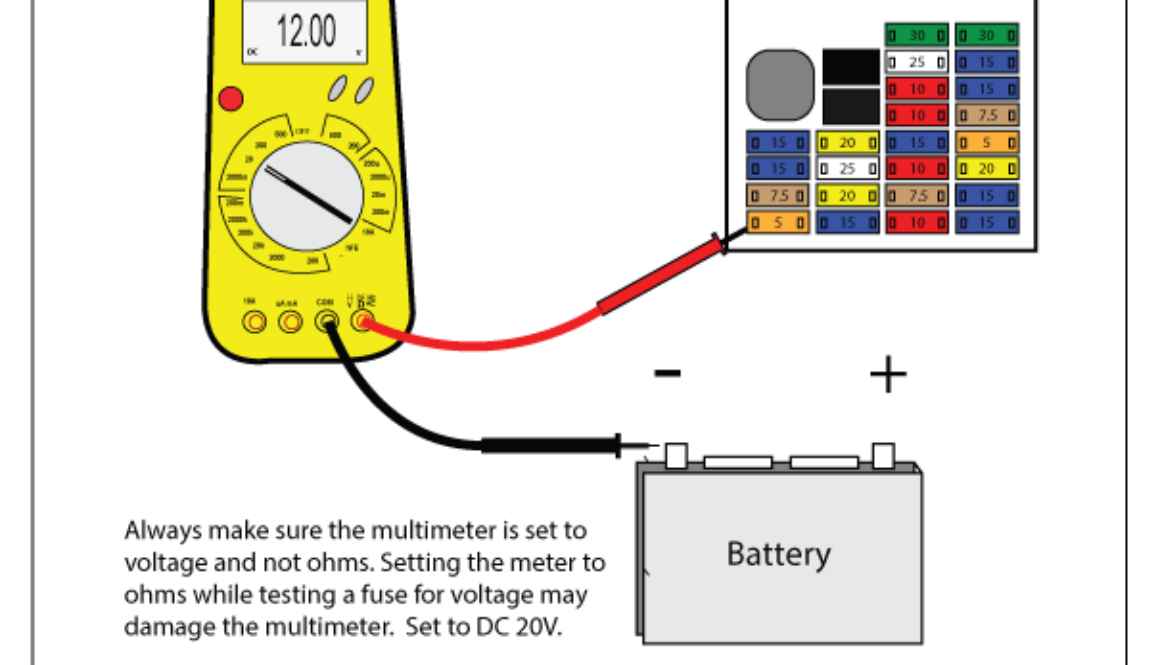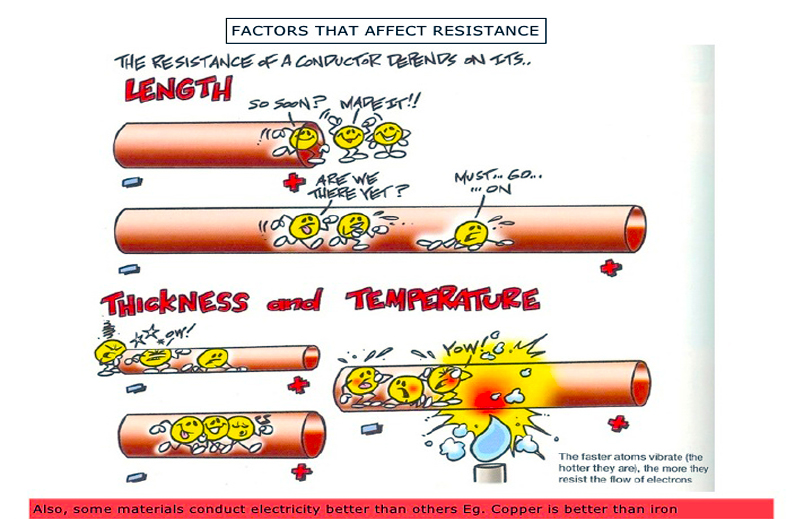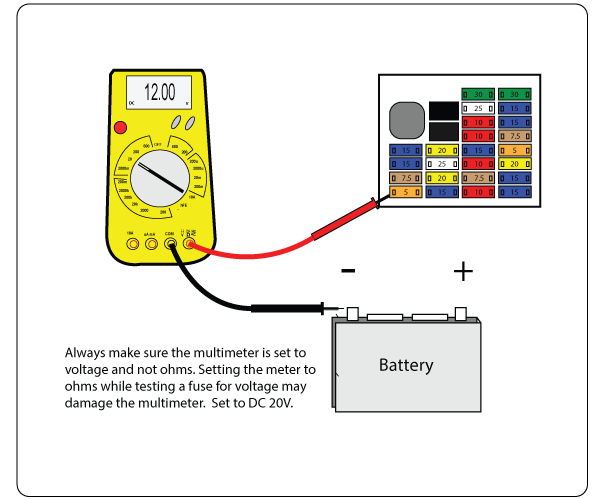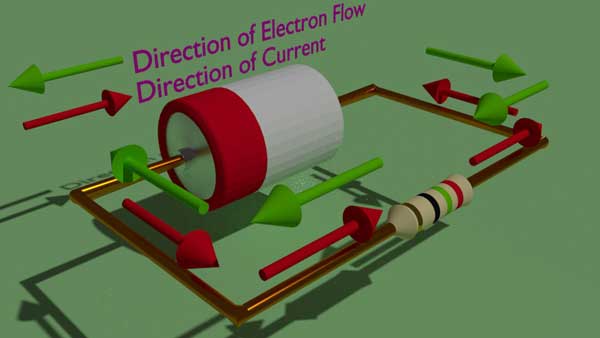How Resistance Effects the Auto Electric System
Pops Auto Electric Explains the Effects of Resistance in an Auto Electric System
Resistance (R) in the Ohm’s law equation is what the electricity works against in an electrical circuit. Resistance is measured in ohms (Ω). Resistance can come in many forms, some good, some not so good.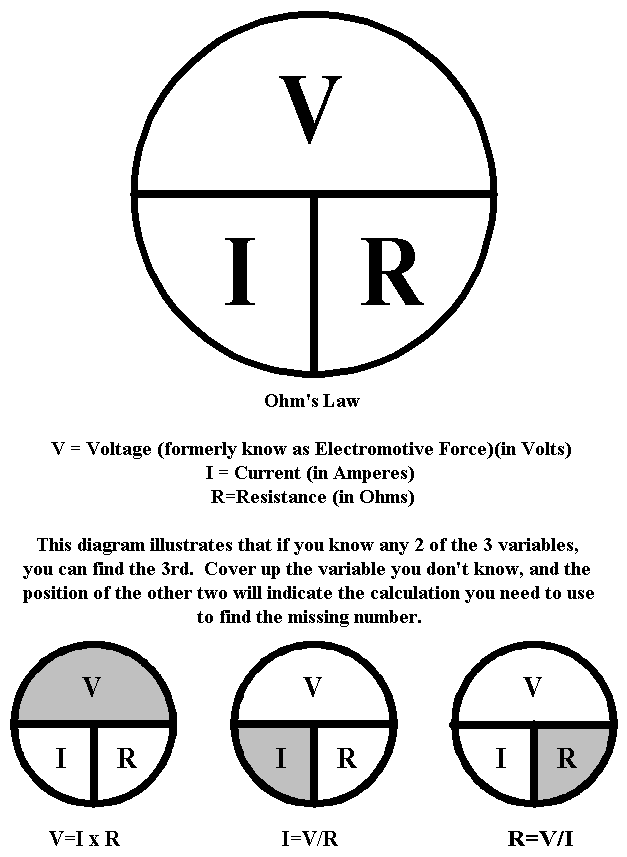
Every electrical circuit needs some form of resistance. If not, you have a short circuit, and we know what happens if we have one of those. Resistance can be as simple as a light bulb or as complex as a PCM. Both create a certain amount of resistance that is accounted for in its circuit.
A few key things can affect resistance:
One is heat; the higher the temperature, the higher the resistance. The reason for this is that a heated substance has a lot of molecular movement, which affects electron flow. The harder it is for electrons to flow, the more resistance you have. That’s the layman’s definition of resistance.
Distance can also affect resistance; the longer a wire is, the more resistance it has. Think back to our car with a tank of gas. We’re going to use more gas the farther we have to travel to get back to the negative battery post. The size or amount of conductive material that the electricity passes through can also affect resistance. A wide-open path with a very conductive material has little resistance. Conversely, a small wire with a not-so-conductive material has more resistance.
The takeaway here is that resistance can be good or bad depending on where you find it. You need the resistance of the load of an electric circuit in order for the circuit to function, but if you have unwanted resistance, the circuit will not function as intended.
Testing Resistance
Checking a circuit’s resistance over a voltage drop test can be risky for an amateur. The main reason is because when you’re doing a voltage drop test, you get to see what’s happening on a live circuit. Resistance checks are done on open circuits that are isolated from the rest of the circuit.
When doing resistance checks, you must remove what you’re checking from the circuit first in order to do your resistance check; otherwise, you might damage the circuit or your meter. It’s for that reason that resistance tests are found to be inconclusive sometimes. Sure, there are times when testing resistance is the only way to test a circuit within the auto electric system, but when diagnosing a problem in a circuit, a voltage drop test is best for the amateur.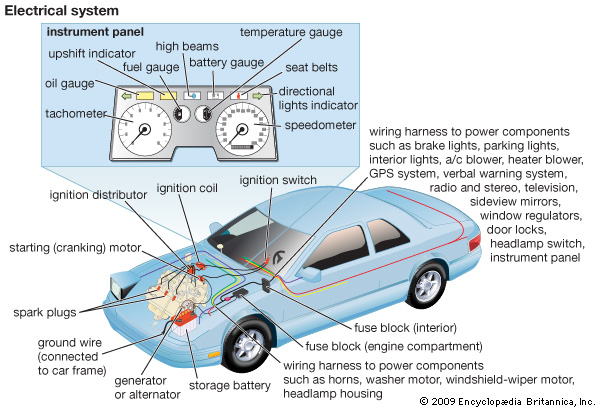
Case in point: ignition coil testing. Manufacturers list the resistance that should be seen at the primary and secondary windings of an ignition coil. It is difficult at best to find a bad ignition coil this way.
Electrical engineers have found a coil can have good resistance readings and still be bad. The reason for this is that the windings inside the coil are made of very thin wire. You can have a small break in this wire and the resistance will still indicate everything is fine, but the minute the coil is under load, it fails because of the open or short in the windings.
On the other hand, if checking a coolant temp sensor, resistance testing is the way to go. Be sure to use resistance checks wisely when trying to find the effects of resistance in an auto electric system. Why not call Pop’s Auto Electric and solve auto electric system problem with the industry experts. There is a reason that other shops send electrical problems to Pop’s Auto Electric.
This works for every electrical circuit according to Ohm’s law. Once you know the circuit, you know where the gas (voltage) is going and you can measure it at different points in the circuit to get a good idea of how the circuit is operating.
One last example that might give you some practical insight: Say you have an electrical connector with some corrosion in it. You can’t see the corrosion, but you suspect it’s there. You can take a voltage reading before and after the connector to check the voltage drop across the connector. You should see close to zero volts. If you see a higher voltage than expected, you’ve found increased resistance in the circuit.
Voltage drop testing is your best friend when it comes to diagnosing automotive electric circuits. At Pop’s Auto Electric, we are experts in all forms of voltage testing. In fact local shops call us to trace, diagnose and fix difficult automotive electrical problems. Call Pop’s Auto Electric today for a free estimate.
Call Pops Auto Electric today for any repair work, but call right now if you experience any of the automotive electric system repair signs listed above, save your families life, fix those problems now!
Contact Info

